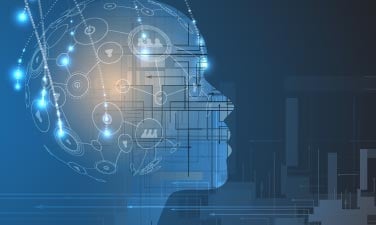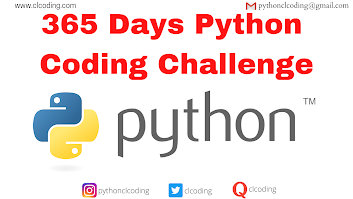The "Developing Machine Learning Solutions" course on Coursera, offered by AWS, focuses on the machine learning lifecycle and how AWS services can be leveraged at each stage. Participants will learn to source machine learning models, evaluate their performance, and understand the role of MLOps in enhancing deployment and development. This is a beginner-level course, with one module that includes a reading and a brief assignment, designed for learners seeking to build foundational knowledge in machine learning.
Key Features of the course:
The Developing Machine Learning Solutions course offers detailed insights into crucial aspects of machine learning development:
Machine Learning Lifecycle: Understand the various stages involved, from model creation and training to deployment and monitoring.
AWS Integration: Leverage AWS tools such as SageMaker for data preprocessing, model building, and deployment. The course helps you get hands-on experience with AWS services to enhance ML workflows.
Model Evaluation: Learn to evaluate model performance using appropriate metrics and techniques to ensure optimal results.
MLOps Principles: Grasp the core concepts of MLOps to manage models in production efficiently, ensuring scalability and continuous improvement.
Beginner-Friendly: Targeted at learners with foundational knowledge of machine learning, it provides an accessible way to dive deeper into machine learning deployment using AWS.
Model Optimization: Learn techniques for optimizing machine learning models to enhance efficiency and reduce errors during deployment.
Real-World Applications: Gain practical experience by applying ML solutions to real-world use cases and solving complex business problems.
Collaboration: Work in teams to simulate collaborative efforts in deploying machine learning models, mimicking real industry scenarios.
Cloud Infrastructure: Explore how cloud services enable scalable machine learning deployment, ensuring flexibility and resource management.
Course Objective:
Learning Outcomes:
What will you learn:
- Use AWS tools like SageMaker to develop, train, and deploy machine learning models.
- Evaluate model performance using relevant metrics and techniques.
- Implement MLOps to manage the lifecycle of models and ensure continuous delivery.
- Apply machine learning solutions to real-world business problems efficiently.






.png)


.png)
.png)
.png)
.png)

.png)






.jpg)








































